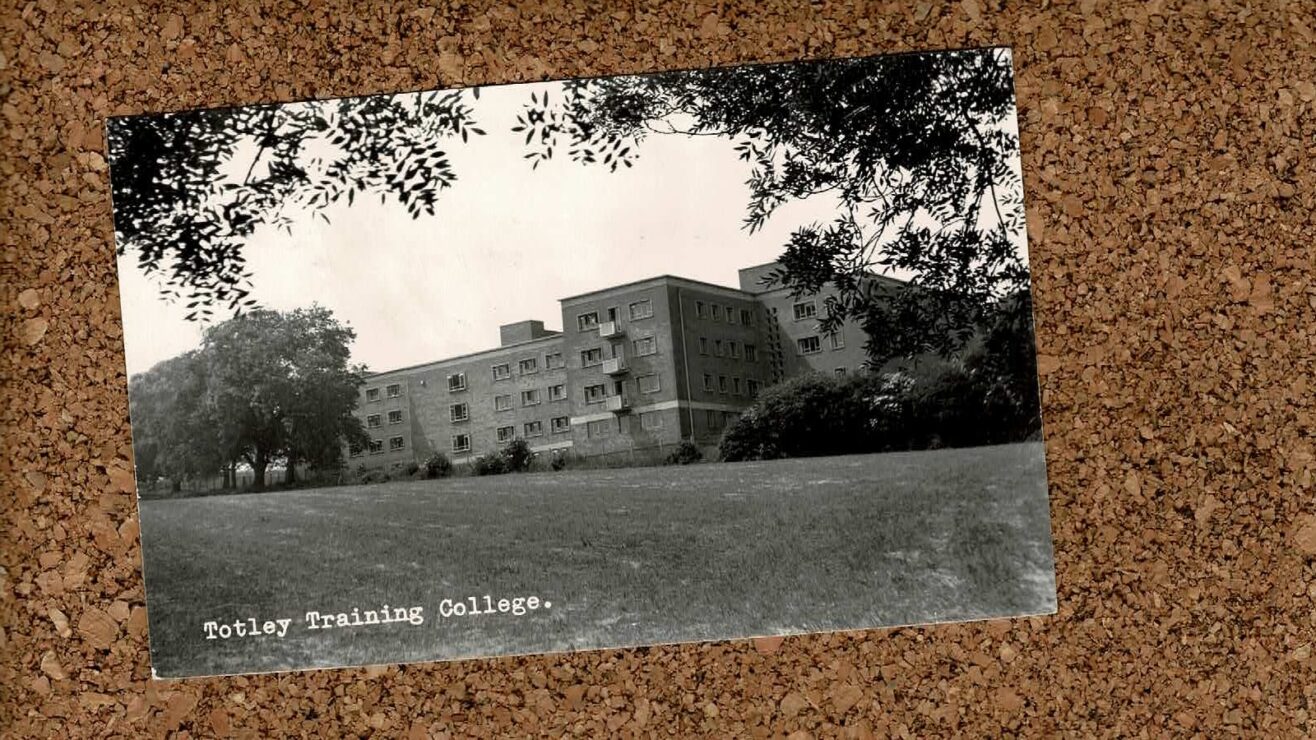An alternative take on university rankings
Drawing on the Amazon approach, Ben Wildavsky suggests a different way of approaching university league tables:
For many years now, the worldwide explosion of college rankings that took off in the 1980s has prompted sharp debates about whether, and how, universities ought to be measured against one another. Some critics ask whether a university-to-university match up, either within a single nation or globally, is really the best frame of reference when a more appropriate comparison might be between academic departments within the same field. Others fear that their own nations’ institutions of higher learning will never be given a fair shake in league tables marred by the methodological biases of foreigners – hence the rise of alternative metrics such as those that occasioned the memorable headline “French Do Well in French World Rankings.”
There is a different approach though, which draws on the Amazon model of sub-categorisation:
Memories came back to me of my old job as editor of the U.S. News & World Report college guides. Beyond the contentious national rankings, U.S. News creates separate lists for small liberal arts colleges, nonselective comprehensive universities, and so forth. In a little-recognized bit of genius, all are sliced and diced by geography as well. So an unremarkable institution ranked in the bottom quartile overall could boast that it was the top liberal arts college in the Upper Michigan Peninsula. Carve the data thin enough and everyone’s a winner.
It’s something that works well in the US and could, conceivably, work with international tables too. But in the UK, the arguments about which institutions would be allocated to which categories would be bloody. Worth a go though. And then everyone could be a winner here too.

 Memories came back to me of my old job as editor of the U.S. News & World Report college guides. Beyond the contentious national rankings, U.S. News creates separate lists for small liberal arts colleges, nonselective comprehensive universities, and so forth. In a little-recognized bit of genius, all are sliced and diced by geography as well. So an unremarkable institution ranked in the bottom quartile overall could boast that it was the top liberal arts college in the Upper Michigan Peninsula. Carve the data thin enough and everyone’s a winner.
Memories came back to me of my old job as editor of the U.S. News & World Report college guides. Beyond the contentious national rankings, U.S. News creates separate lists for small liberal arts colleges, nonselective comprehensive universities, and so forth. In a little-recognized bit of genius, all are sliced and diced by geography as well. So an unremarkable institution ranked in the bottom quartile overall could boast that it was the top liberal arts college in the Upper Michigan Peninsula. Carve the data thin enough and everyone’s a winner.









